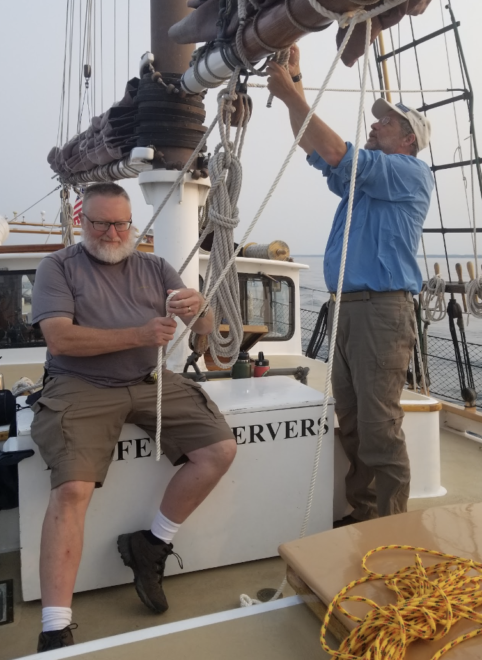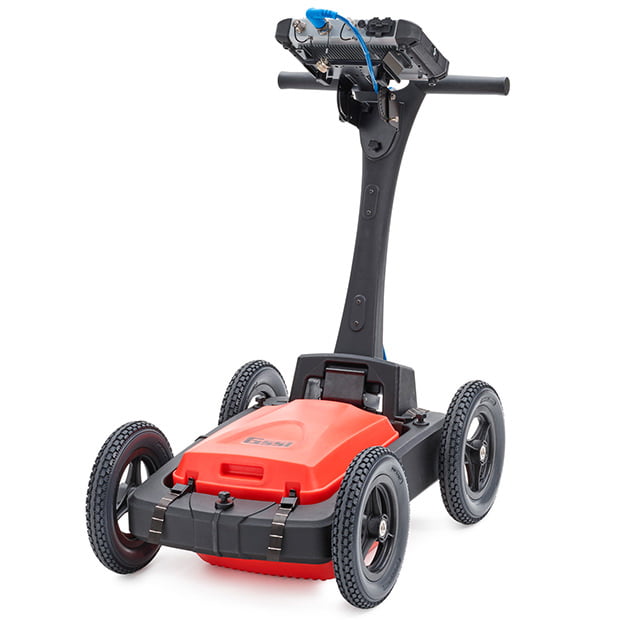
What We Know
This is a follow-up to my blog post, Contamination Cleanup in Boardman Lake, dated October 21, 2022, in which I outlined one of my remediation projects located on Boardman Lake. For anyone that has not read the blog post, I am a Project Manager at the Department of Environment, Great Lakes, and Energy (EGLE). As a Project Manager, I oversee the remediation of contaminated sites in Michigan.
The goal of the Boardman Lake project is to abate the hazards posed by contaminated soil and groundwater originating from years of burying electroplating and other industrial wastes on the site. As with most contaminated land bordering surface water, we suspected that the contaminated groundwater was venting into the lake. In 2021 we collected and analyzed porewater samples from along the lakeshore. Porewater is that which is found in the mud or sediment on the bottom of a water body. In the October 2022 blogpost, I wrote that the next step in the remediation process was to locate and map the groundwater surface water interface (GSI) points further offshore. A GSI map tells us where to collect additional pore water samples so we can further delineate where contaminated groundwater is entering the lake.

Next Steps
The original plan was to complete this work in the summer of 2022. Due to staff shortages, we moved this back to 2023. During the pause in GSI work, we turned our focus to locating suspected buried waste on the property. An efficient way to do this is via ground penetrating radar (GPR). The GPR is a wheel mounted device that closely resembles a lawn mower. It is run over the ground in a grid pattern while collecting radar and GPS data. This information is processed via a CAD application to generate a map of the buried materials. Soil samples are then collected and analyzed to further define hazardous material type and concentrations in the waste product. With the mapping step complete, we are now evaluating options to abate the human health and environmental threats posed by waste materials.
This is a blog post written for the Inland Seas Education Association (ISEA) blog by Dave Maynard, Project Manager at EGLE. ISEA provides learners of all ages with hands-on experiences aboard traditionally rigged tall ship schooners along the shores of the Great Lakes, and in local rivers, streams, and wetlands. As a non-profit organization located in Suttons Bay, Michigan, its mission is to inspire a lifetime of Great Lakes curiosity, stewardship, and passion in people of all ages. Its goal is to provide people with the information they need to become stewards of the Great Lakes.